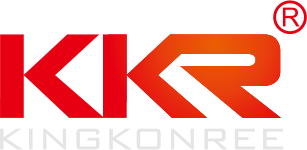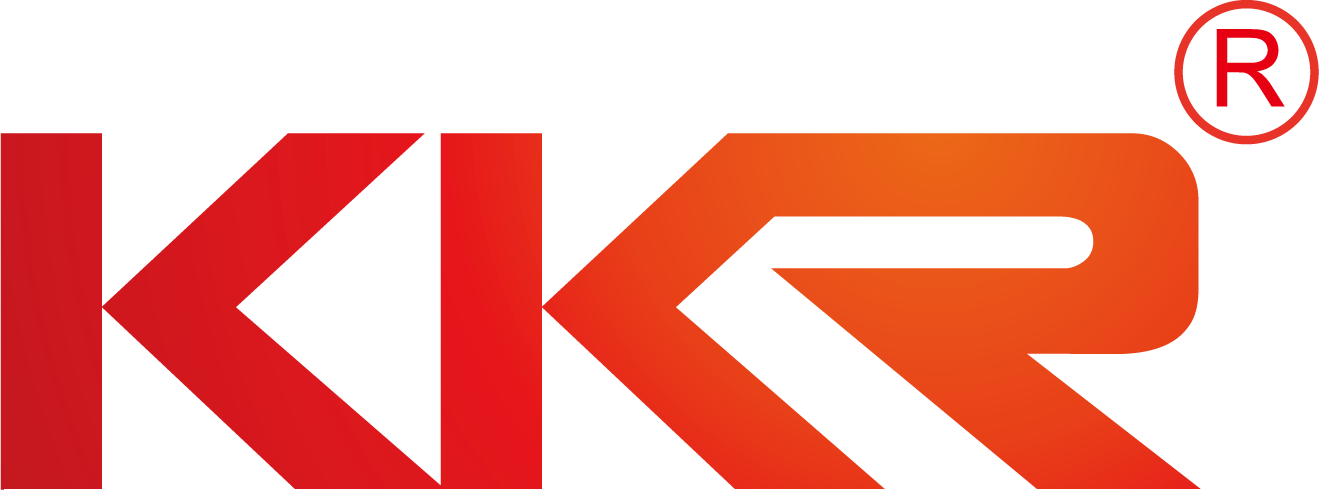 KingKonree - Solid Surface Manufacturer of Sanitary Ware, Solid Surface Countertops & Sheets for over 25 years, innovation in moulding and thermoforming
KingKonree - Solid Surface Manufacturer of Sanitary Ware, Solid Surface Countertops & Sheets for over 25 years, innovation in moulding and thermoforming
Several major trends in the development of the smart home industry in 2019
According to statistics from authoritative organizations, in 2018, the global smart home market is expected to reach 71 billion U.S. dollars. The hot market also shows that traditional home furnishings can no longer meet the needs of young people for quality of life, and smart home furnishing has become an essential product for home life. 1. Wearable smart devices With the rapid development of smart homes, people are more and more looking forward to the interaction between wearable devices and smart homes after they are familiar with the monitoring of sleep habits and various physical indicators of wearable devices. On the one hand, after terminal control and voice control of smart home products, people hope to develop wearable devices that control smart home products; on the other hand, people also hope that existing wearable devices can interact with smart home products in order to Develop healthy habits in a busy life, such as data exchange between smart bracelets and smart body fat scales, etc. 2. Sensors become the focus of smart home work. The United States' understanding of information technology is: computer technology is the core, sensitive technology and optoelectronic technology are the key and focus, which shows that the United States attaches importance to sensor research. However, the competitiveness of domestic companies is weak, and 70% of the sensor market is monopolized by foreign companies. China's insufficient attention to sensors has caused my country's smart home industry to introduce artificial intelligence, but it still has not solved the problem of perception. 2019 will be the year of the outbreak of Chinese sensors. Relying on the promotion and support of the government, Chinese sensor companies will gradually solve the problems of small scale, weak research and development capabilities, and poor scale efficiency, so as to avoid a situation where foreign-funded companies dominate. While innovating and developing Chinese sensor companies, it is also a leap-forward development of China's smart home industry, allowing China's smart home to keep pace with developed countries such as the United States in the international arena. 3. AIOT becomes the next outlet 'AIOT' is 'AI (artificial intelligence)' + 'IOT (Internet of Things)From the perspective of the development path of 'AIOTAs the most important landing scene of AIOT human-computer interaction, the smart home is currently in the stage of interconnected intelligence, and the 'one brain (cloud or central control) + multiple terminals (perceptrons)' model has become inevitable. When the user speaks the mode away from home to the smart speaker, the lights, windows, and air conditioner will automatically turn off. This is a typical scene of interconnected intelligence through cloud brains and multiple sensors. 4. The Internet of Everything operating system is put into use. Mobile phones have mobile phone operating systems, and computers have computer operating systems, but there is no set of operating systems among everything. A major trend of smart homes in 2019 is to create a set of interconnected operating systems that integrate different devices, hardware, software, and resources for unified management. The architecture of this system is flexible, capable of carrying countless intelligent devices, and supporting large-scale applications in the entire industry chain. It can penetrate the upstream and downstream of the Internet of Things industry, such as Internet of Things software and hardware development, Internet of Things business operations, Internet of Things data mining, etc., making city operations safer and more reliable, and making the implementation of smart cities feasible. With this system, building an Internet of Things system is as easy as writing a word document, and accessing an Internet of Things will be as easy as picking up a mouse. 5. Rental apartments will be equipped with smart homes. According to surveys, tenants prefer smart technology to traditional facilities. 47% of respondents said that if their apartment has smart technology, they are willing to pay an extra $20 per month. Therefore, in 2019, property managers will consider large-scale publicity of smart facilities supporting the apartment while publicizing the superior facilities of the apartment. The survey also found that respondents were not loyal to a specific smart home brand, which also provided more freedom for the property to choose smart products. Respondents generally prefer security surveillance cameras, smart temperature control and keyless entry systems. Property and smart home manufacturers will also pay attention to the research and promotion of smart devices in these three areas.
Company Info
Address:Room No. 2408-2508, Building 5A, Longguang Jiuzuan, Longhua District, Shenzhen, China
Zip Code: 518131
Tel: +86 (0)755-82875700
Fax: +86 (0)755-82875921

